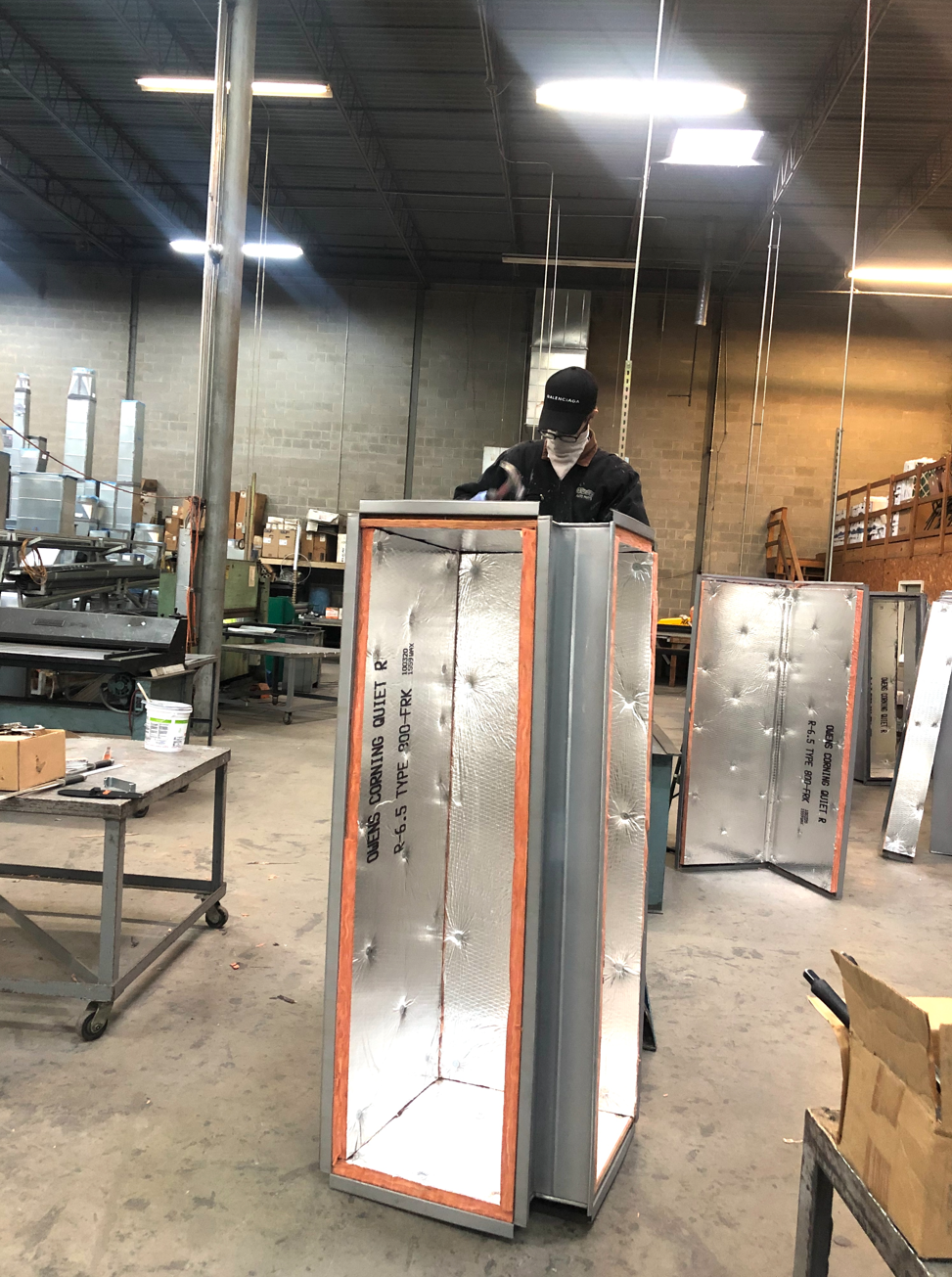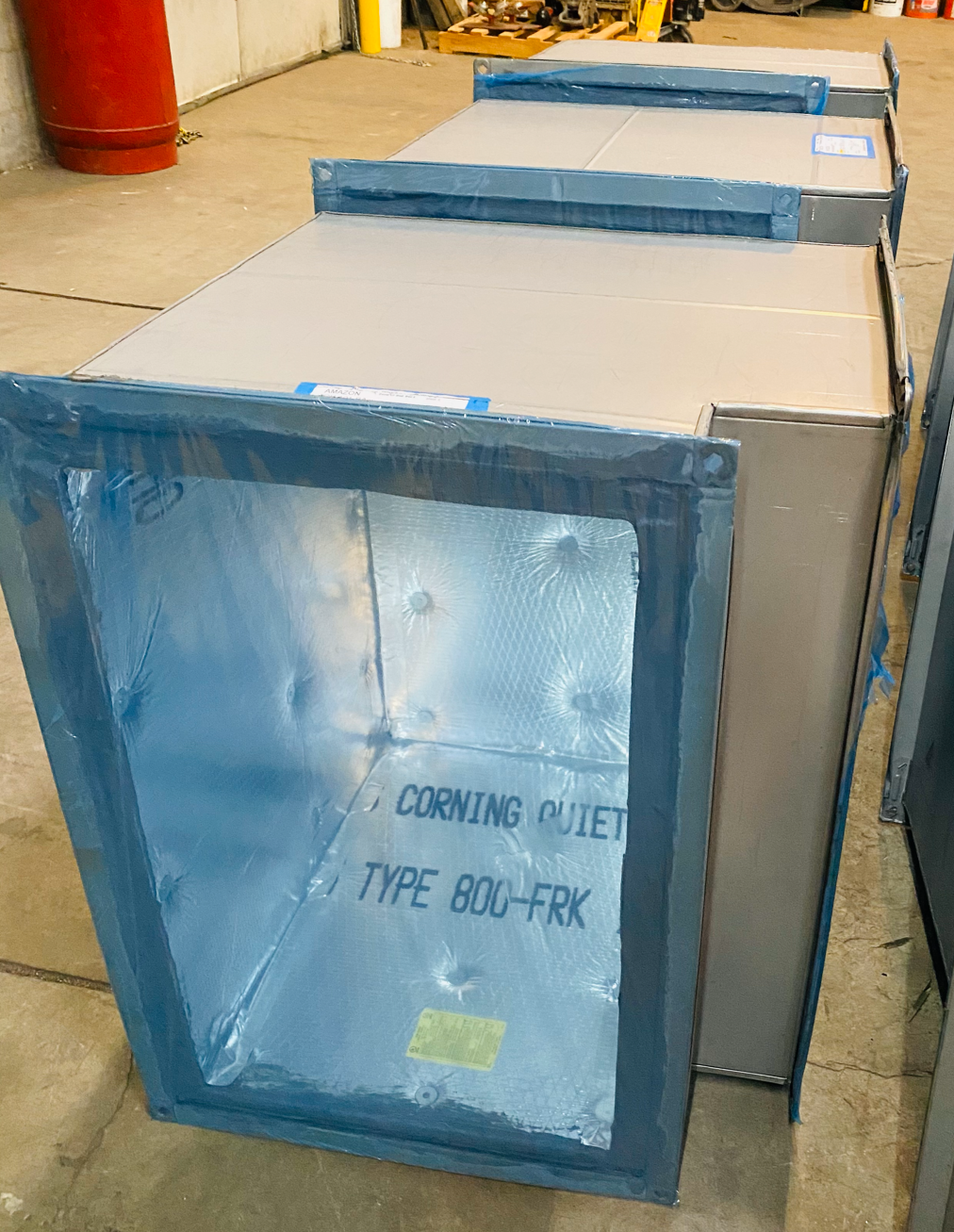When a shop is securing weld pins to Fiberglass Duct Liner, it’s typical that they use pins that have a shorter length than the thickness of the liner. On 1″ Fiberglass Duct Liner, for example, 3/4″ long weld pins are used. This compression resembles the quilted look of buttons on a leather chair. By spotting shorter weld pins into Fiberglass Duct Liner, the washer of the pin doesn’t protrude into the airstream and there’s no air movement in between the Liner and the Weld pin. Any gap between the washer and the Liner could allow the liner to move up and down up against that pin.
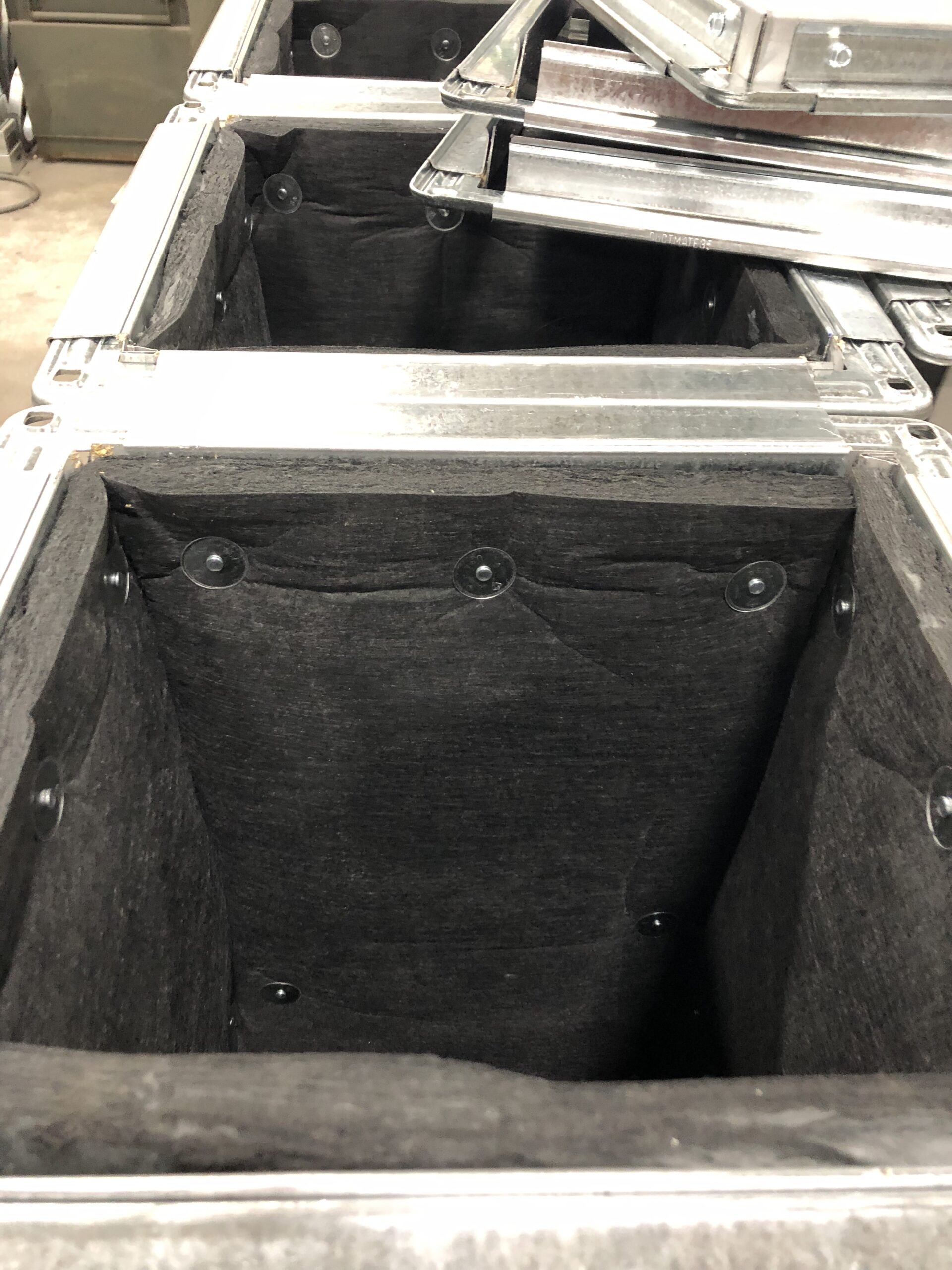
This practice of under sizing the weld pins doesn’t work however when using elastomeric duct liner, because the density of the closed cell product doesn’t have the “give”, the compression of fiberglass liner.
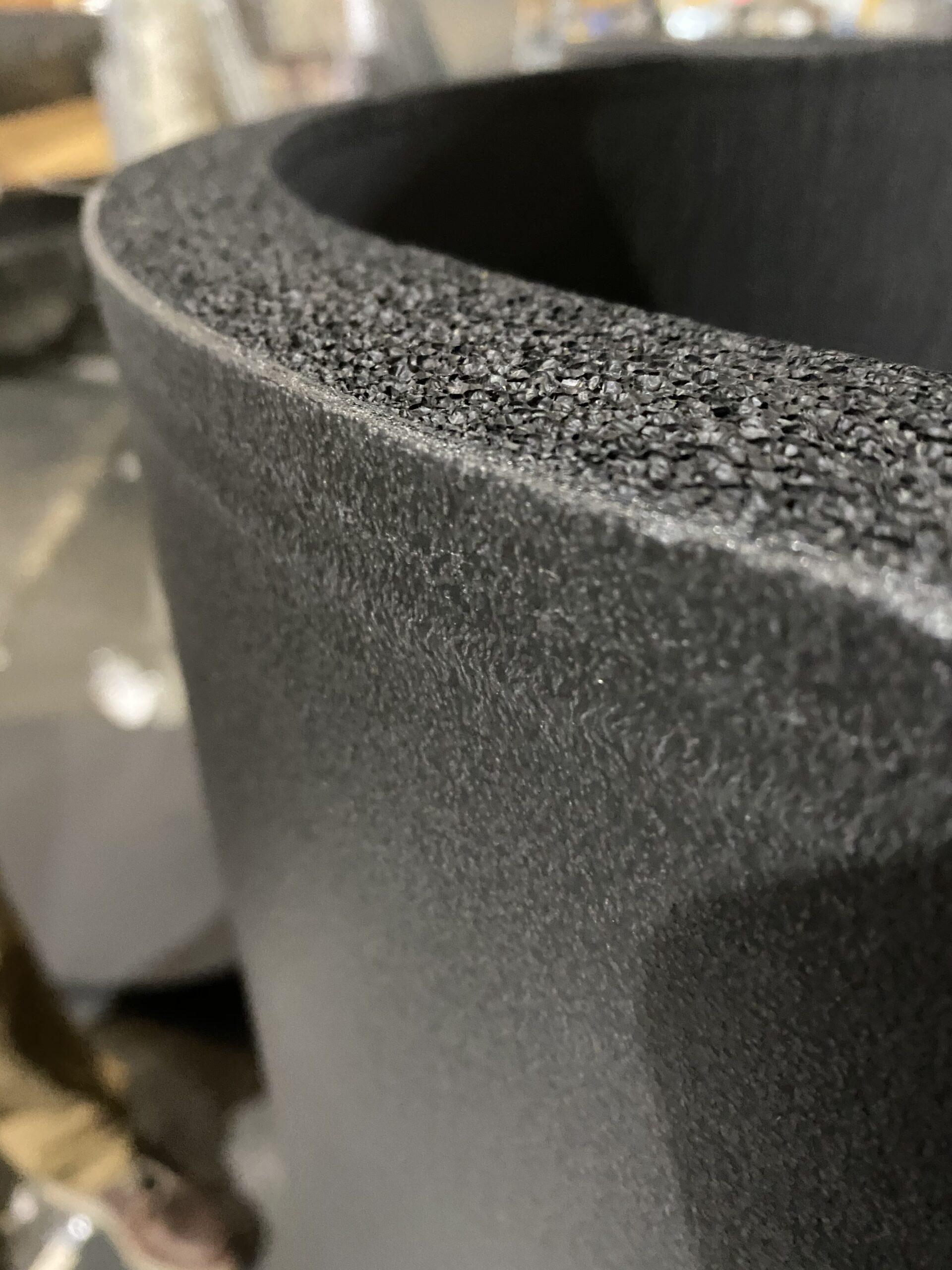
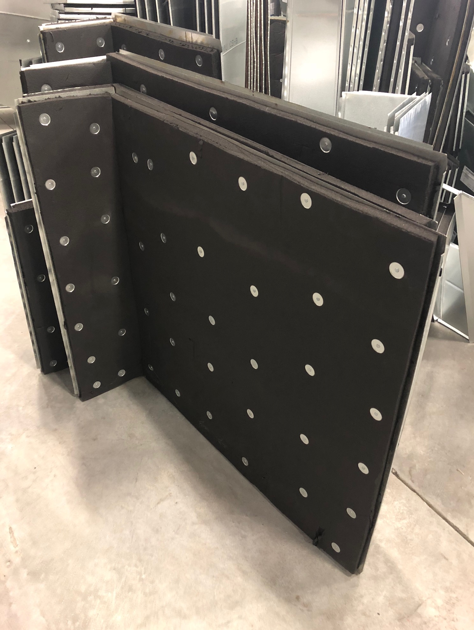
Elastomeric material doesn’t allow for compression
When pinning elastomeric, the weld pin must be at least the same length as the liner’s thickness, with most shops using 1/8″ longer weld pins than the Liner’s thickness. The reason being that the density of the Rubber Liner is such that the shorter weld pins don’t make it all the way thru to weld into the metal duct and would either bounce off or have such a weak weld to the metal duct that they are likely to come off during handling. When pinning Elastomeric Liner, the dial on the Pinspotter usually needs turned up so as to pin thru and weld the metal on other side and the replacement plates must be replaced on regular basis. Turning up the dial can often dimple or burn the exterior duct especially if the upper (and sometimes lower) replacement plates are not changed out on a regular basis.
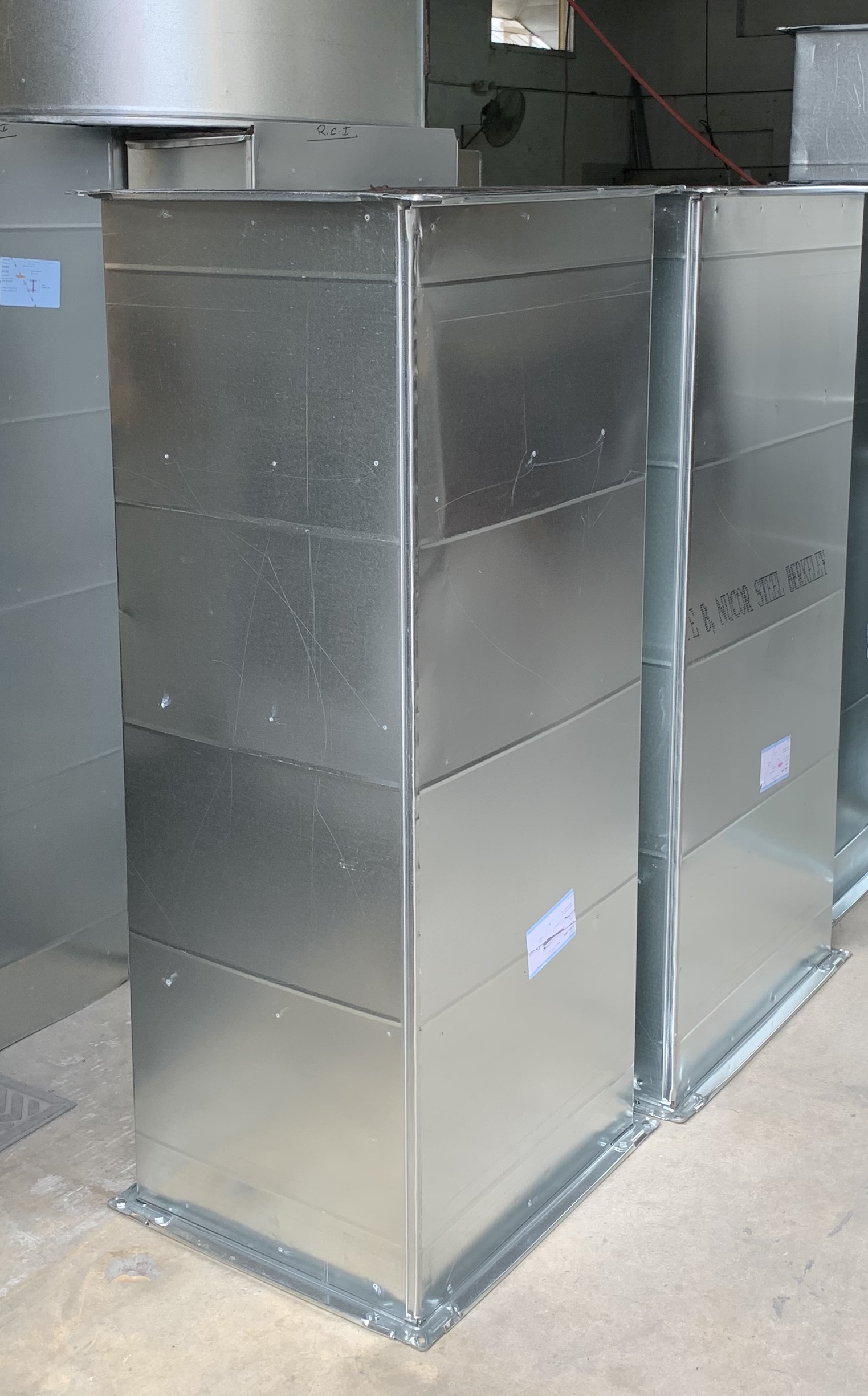
Because Elastomeric is more difficult to pin effectively, some shops use Duro Dyne SAH Self Adhesive Hangers with washers. These are Hangers with a self adhesive square base. The paper peels off to expose the adhesive and the hanger base is placed on the duct, then the Liner impaled over the pins and secured with washers. It’s an effective and SMACNA approved Liner Fastener but it has higher material and labor cost.

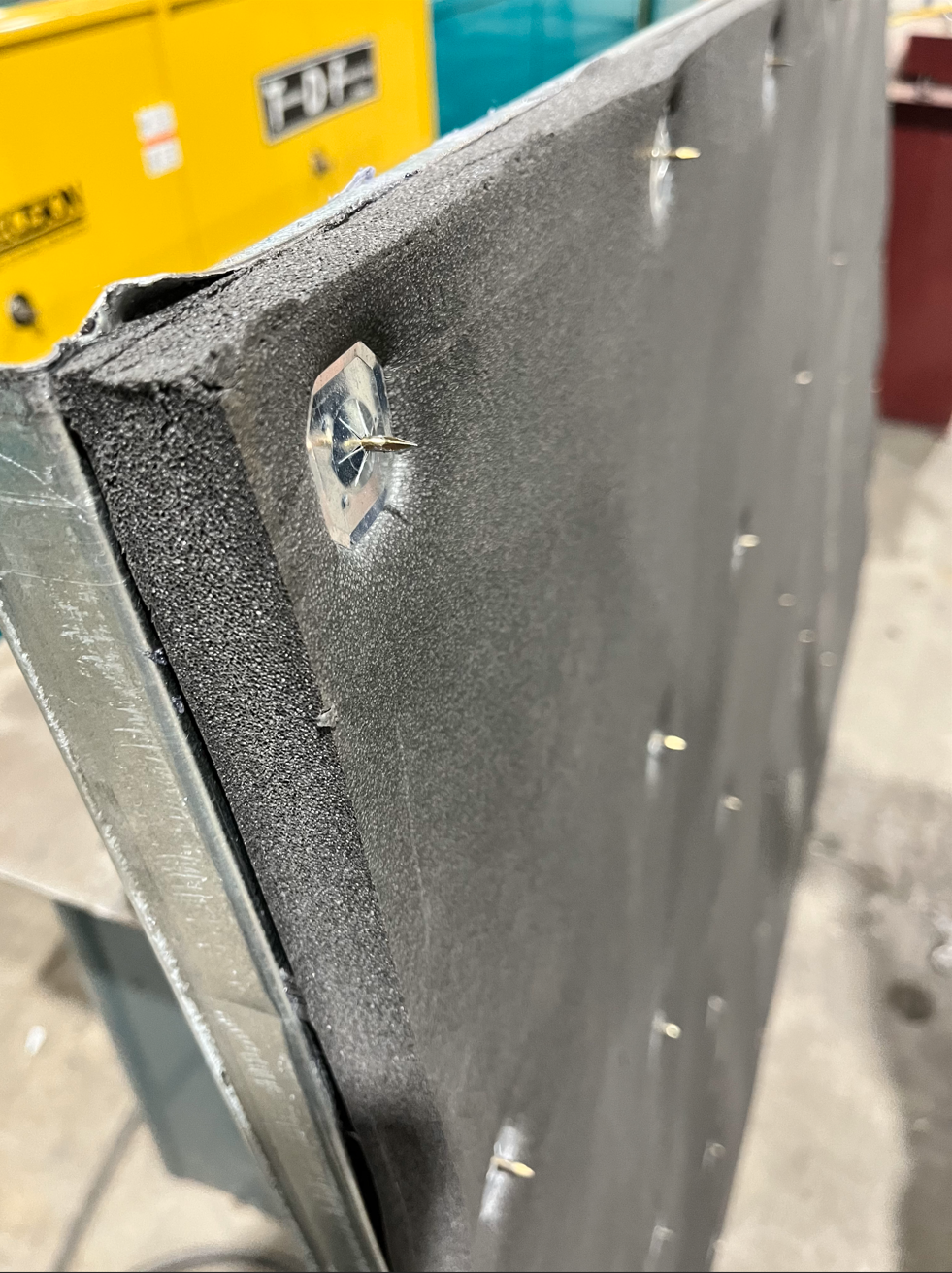
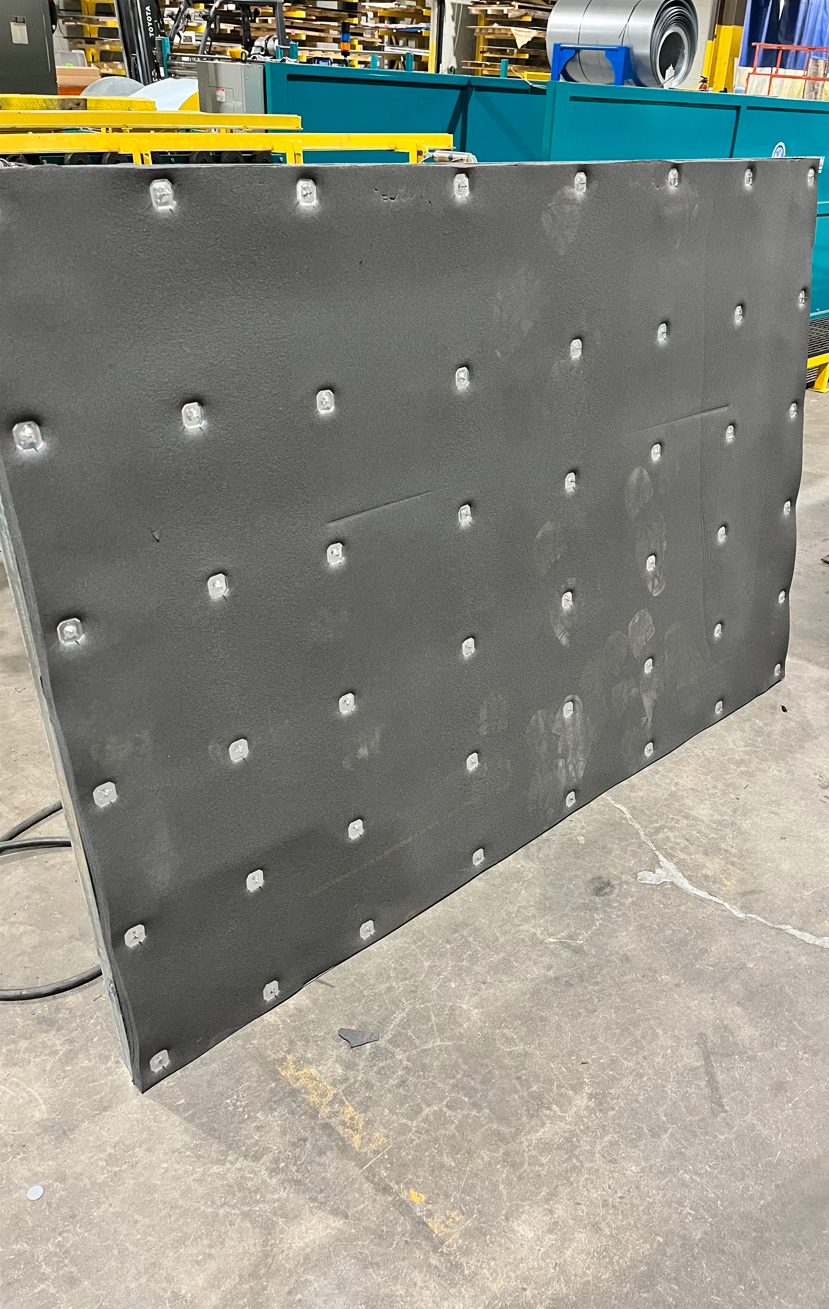
Filling the “gap” with Gold Seal Weld Pins:
Because the weld pin is the same height or greater than the liner thickness, the possibility of a gap in between the liner surface and underside of the weld pin increases.
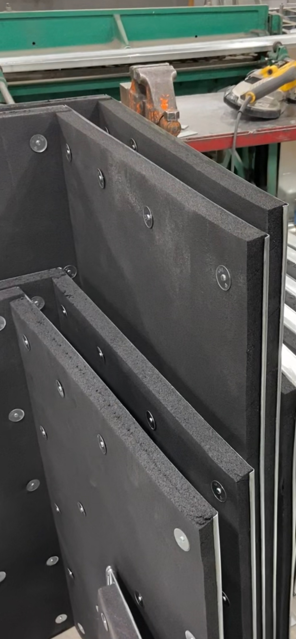
Duro Dyne created weld pins with a heat activated Gold adhesive on the underside of the dished washer, the purpose of these being to fill whatever gap exists, a gap that’s inherent in using weld pins that are often longer than the thickness of the liner.
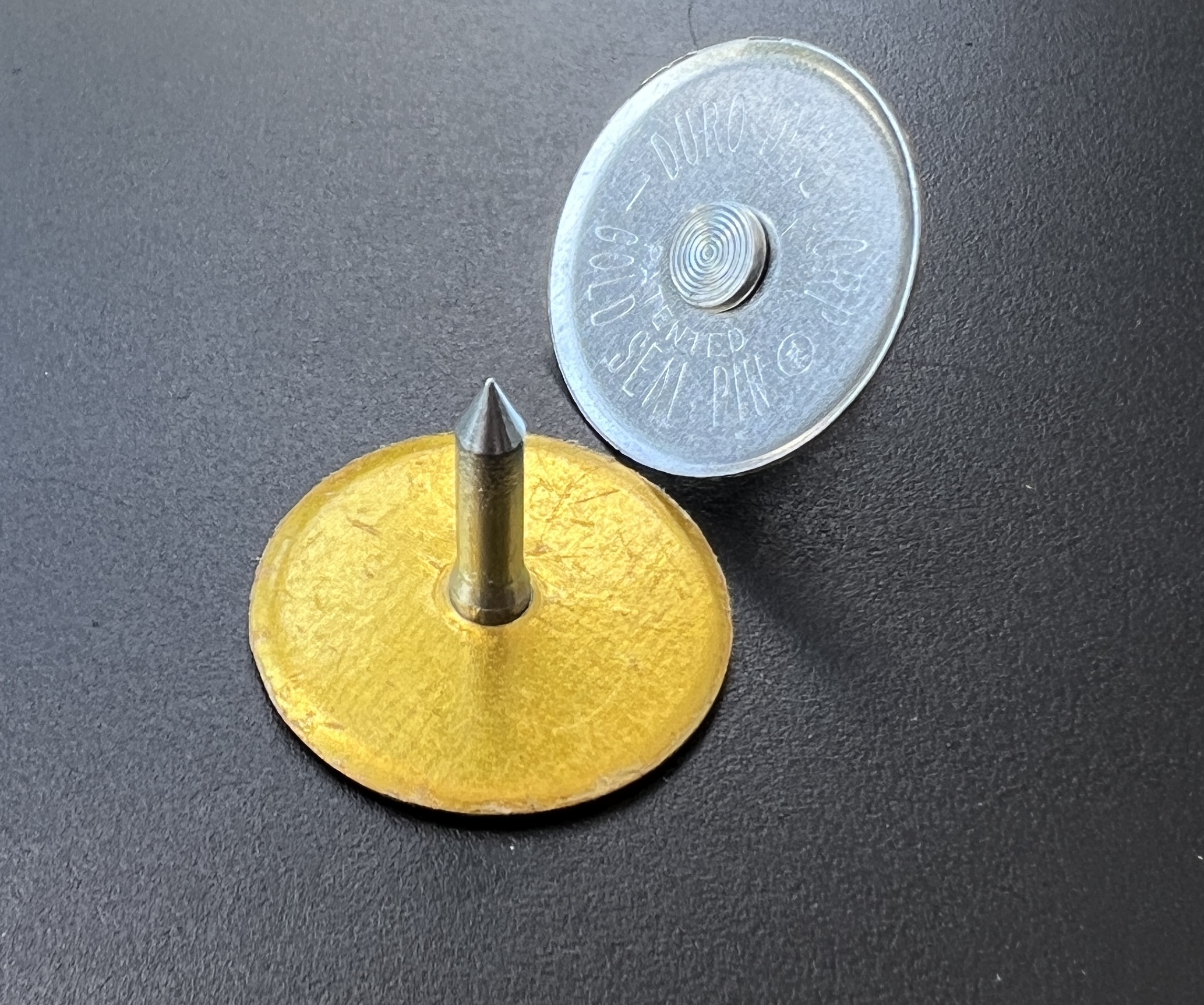
Avoid melting the rubber by using Gold Seal pins:
Pinspotters like the Duro Dyne MF70 and the Mach 70 emit a lot of heat during the welding process. When a shop uses elastomeric foam, the heat generated by the pin tends to melt some of the foam around the washer, this can be a problem, creating a bit of a burnt out area on the elastomeric liner.
Duro Dyne’s Gold Seal Pins are their diamond point cupped weld pin but with an underside that has a heat activated adhesive. The heat that gets generated melts the underside of the washer of the weld pin and seals to the pin and the liner by creating a bond that forms a seal at the top of that to the elastomeric foam, filling in any gap that heat from the mechanical fastener created around the weld pin.
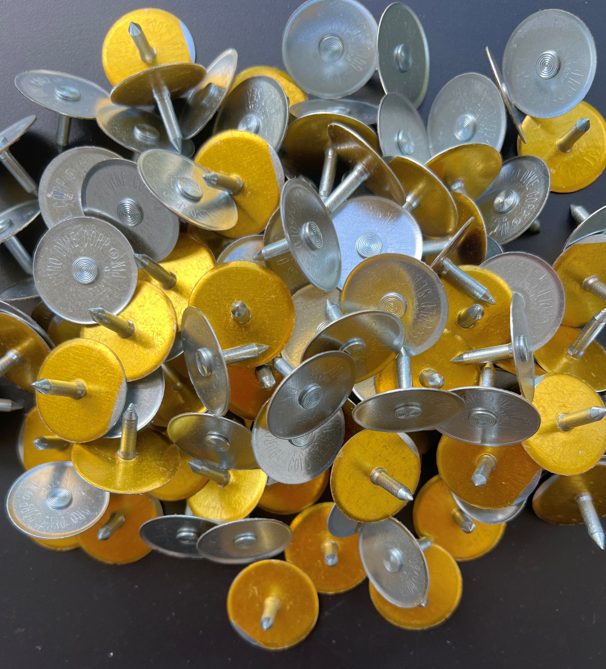
A few final words about the Gold Seal Weld Pins…
Doesn’t negate need for Adhesive on Ductwork:
Although there’s adhesive on the underside of the washer that releases into a liquid during the welding, this adhesive is not to be confused with the solvent based adhesive that serves as the bonding agent between the Underside of the Elastomeric Liner and the Metal interior wall of the duct. The adhesive from the Gold Seal pins is designed to fill in any gaps or burn outs on the top side of the Rubber Liner; it does not penetrate thru the elastomeric to glue the rubber to the metal. There will still be a solvent based adhesive required on the metal wall that secures the liner to the ductwork.
Safe for spotting thru Aluminum Foil Jacket:
For Curb or Duct Shops pinning thru a Fiberglass Insulation board with an FSK or FRK Aluminum Foil jacket, Gold Seal Pins provide a buffer between spark on FSK foil facing because the adhesive coating on the underside of the washer allows welding thru the foil jacket exterior without a fire hazard.
